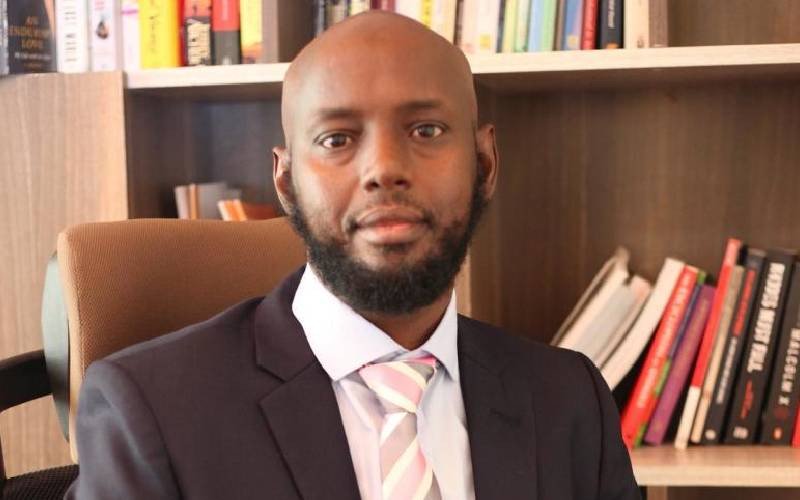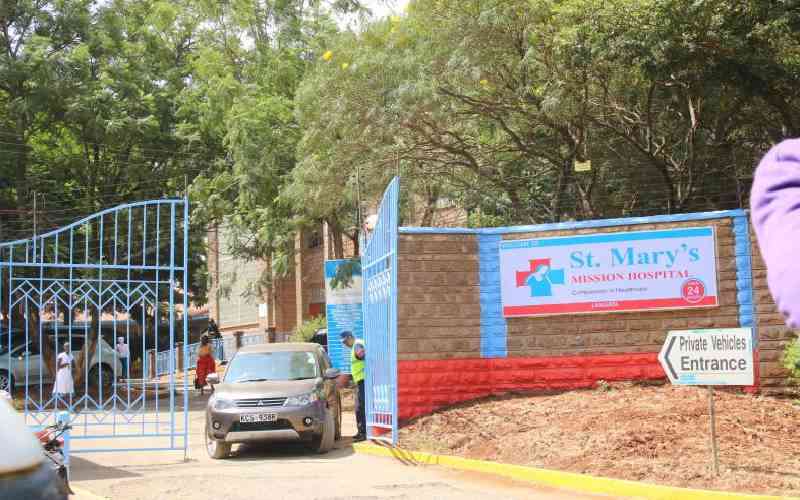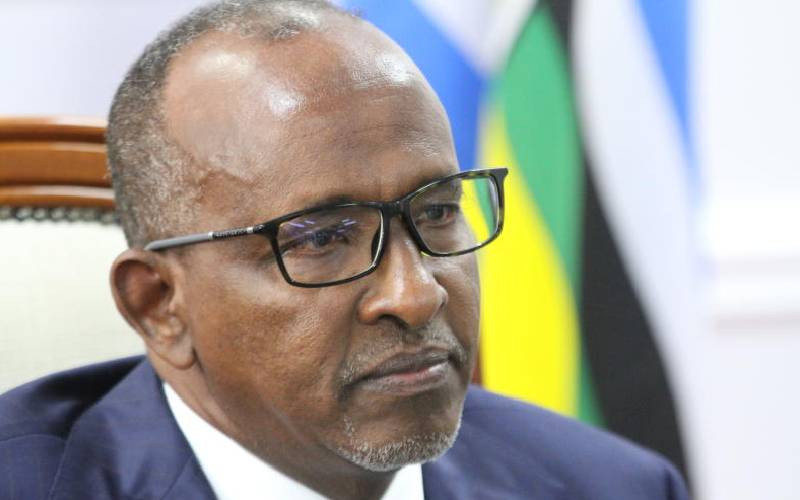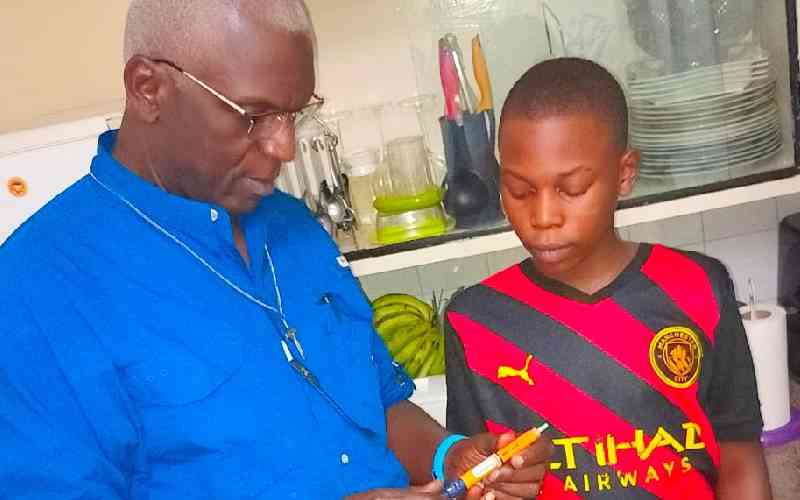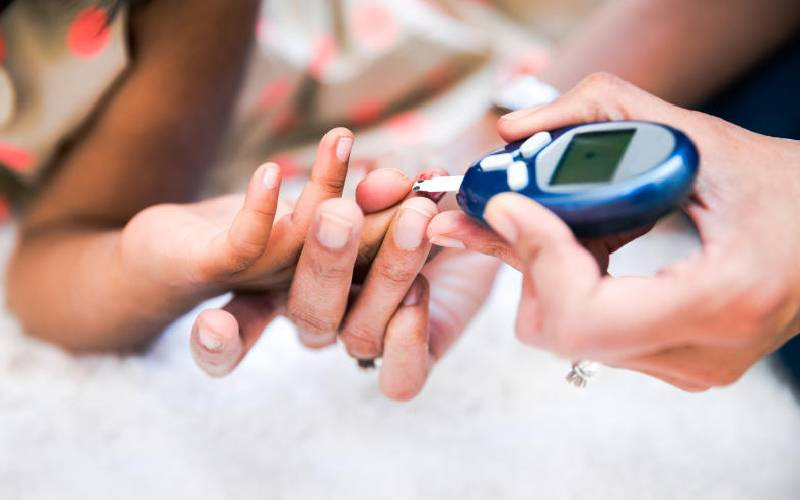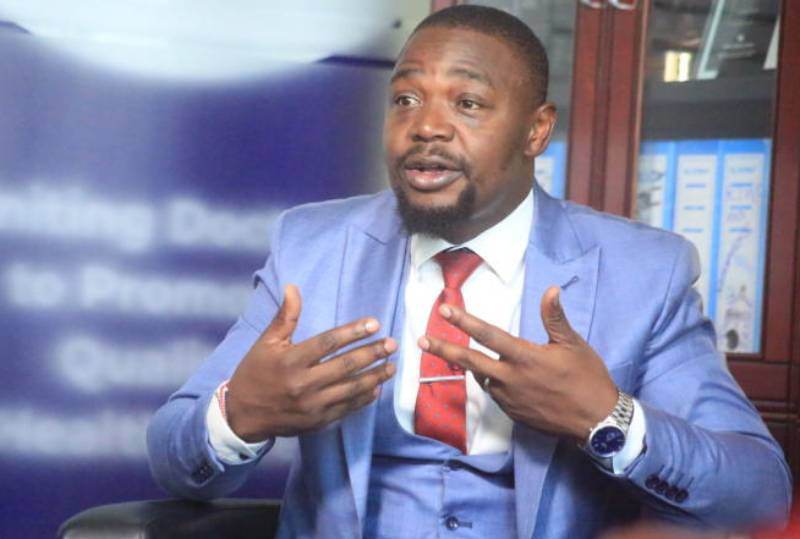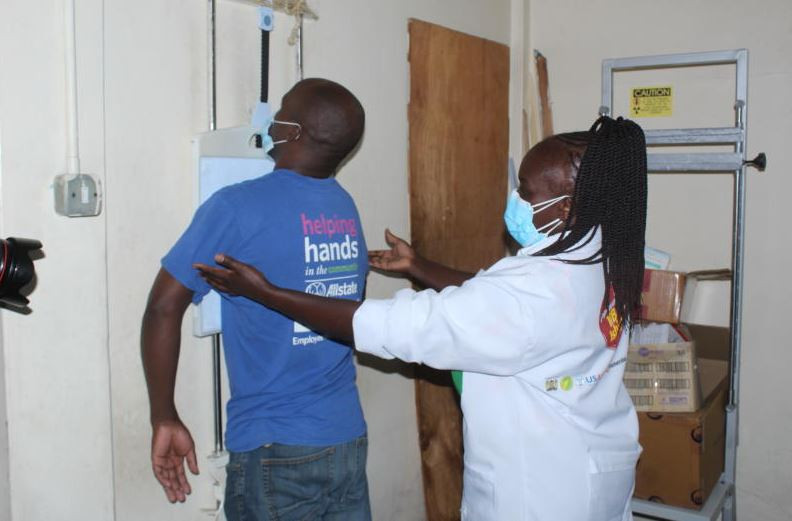
Tuberculosis (TB) remains a major public health threat in Kenya and worldwide, a situation worsened by declining donor support, experts have warned.
Kenya is listed among the top 30 countries with the highest burden of TB cases and deaths globally.
The country records at least 250 TB cases per 100,000 people.
Last year, TB cases among children under 15 years rose from 12 per cent in 2023 to 13 per cent.
Prof Jeremiah Chakaya, a pulmonologist and one of Kenya’s first specialists in lung diseases, underscored the uphill task of ending the disease by 2030.
“TB is a big problem in Kenya, like it is around the world,” said Prof Chakaya, also executive director at the Respiratory Society of Kenya (ReSoK), one of the partners of Leaving No One Behind Transforming Gendered Pathways to Health for TB (LIGHT) Consortium partner in Kenya.
Chakaya said shrinking external financing for TB programmes makes it more difficult to eliminate the disease.
- Kenya's delayed global fund pledge threatens treatment of HIV, malaria and TB
- Health experts urge government to shield sector from donor cuts
- How shortage of specialists aggravates TB complications
- Donors have taken a step back; can we now step forward?
Keep Reading
He added that a drop in donor support gives Kenya an opportunity to mobilise domestic resources and take responsibility for its response.
“For decades, Kenya’s TB response has leaned heavily on external aid. With funding uncertainties, there is need for local solutions,” he said.
Chakaya spoke during a Nairobi breakfast meeting on person-centred, rights-based, gender-responsive TB care under the LIGHT project.
In a previous interview with The Standard in Rwanda in March this year, Dr Chikwe Ihekweazu, Acting WHO Regional Director for Africa, said most programmes have been affected by the U.S. stop work order, risking a spike in cases and deaths.
Stop-TB programmes in Africa, which help conduct TB prevention and treatment initiatives, were supported through the US Agency for International Development (USAID).
Through the programme, countries were able to mobilise TB vaccines, drugs, testing and preventive activities, a role that has since stopped.
Further, he said the actualisation of Universal Health Coverage (UHC) is also a potential game changer in screening and treatment of TB in the country.
“If UHC really worked, and people had easy access to health services, then even without external financing, we could still make great progress,” said the researcher.
Chakaya urged exploration of innovative financing models such as debt swaps by redirecting debt repayments into health programmes, social impact bonds where private investors fund public health goals, and expanding personal and corporate social responsibility.
“In some countries, individuals and businesses support people with TB to access basics like food, which is often important during treatment,” he observed.
A central focus of the LIGHT Consortium, a six-year UK-funded research programme led globally by the Liverpool School of Tropical Medicine (LSTM) and implemented by the African Institute of Development Policy (AFIDEP) with the Respiratory Society of Kenya (ReSoK), is addressing gender disparities in TB care.
Research consistently shows that men are disproportionately affected by TB, yet are less likely to be diagnosed or seek care early.
Dr Brenda Mungai of AFIDEP, also the research uptake lead at LIGHT, summarised the research evidence LIGHT has been working on over the past five years.
Mungai shared the interventions from other partner countries, which include Uganda, Malawi, Nigeria and Kenya.
In Uganda, LIGHT studies found that opening clinics earlier significantly increased diagnoses among men, who often leave for work before facilities open.
Meanwhile, in Nigeria, engaging local leaders to reduce stigma and using culturally sensitive messaging improved case detection.
In Kenya, studies spotlighted young people, who often avoid diagnosis because health services are not youth-friendly.
“By the time young people reach 17 or 18 years of age, they face risks like alcohol, tobacco and drug use that increase vulnerability to TB. Services must adapt to meet their needs,” Chakaya noted.
In Nigeria, the studies found that community engagement, including working with local leaders to address stigma and using culturally sensitive messaging, significantly improved case finding among men.
Insights from LIGHT studies are already shaping Kenya’s TB strategy. The National TB Programme is rolling out workplace screening in male-dominated industries such as construction, auto garages, mining sites, fishing communities, and even sports arenas.
“Sports is a big tool. If there is a football match between Rwanda and Kenya, most people in the stadium will be men. We use that platform to screen and raise awareness on TB,” said Prof Chakaya.
Another finding revealed that the majority of community health workers are female, which can limit engagement with men.
Increasing male representation in the workforce has proven effective in reaching more men for TB screening and treatment.
Chakaya emphasised that TB interventions must address behavioural and social barriers, not just medical ones.
Men are overrepresented in high-risk settings like prisons and are often slow to seek care due to stigma and cultural notions of masculinity.
“The most important thing is not to assume that setting up a health service will serve men and women equally,” he cautioned.
 The Standard Group Plc is a multi-media organization with investments in media
platforms spanning newspaper print
operations, television, radio broadcasting, digital and online services. The
Standard Group is recognized as a
leading multi-media house in Kenya with a key influence in matters of national
and international interest.
The Standard Group Plc is a multi-media organization with investments in media
platforms spanning newspaper print
operations, television, radio broadcasting, digital and online services. The
Standard Group is recognized as a
leading multi-media house in Kenya with a key influence in matters of national
and international interest.

